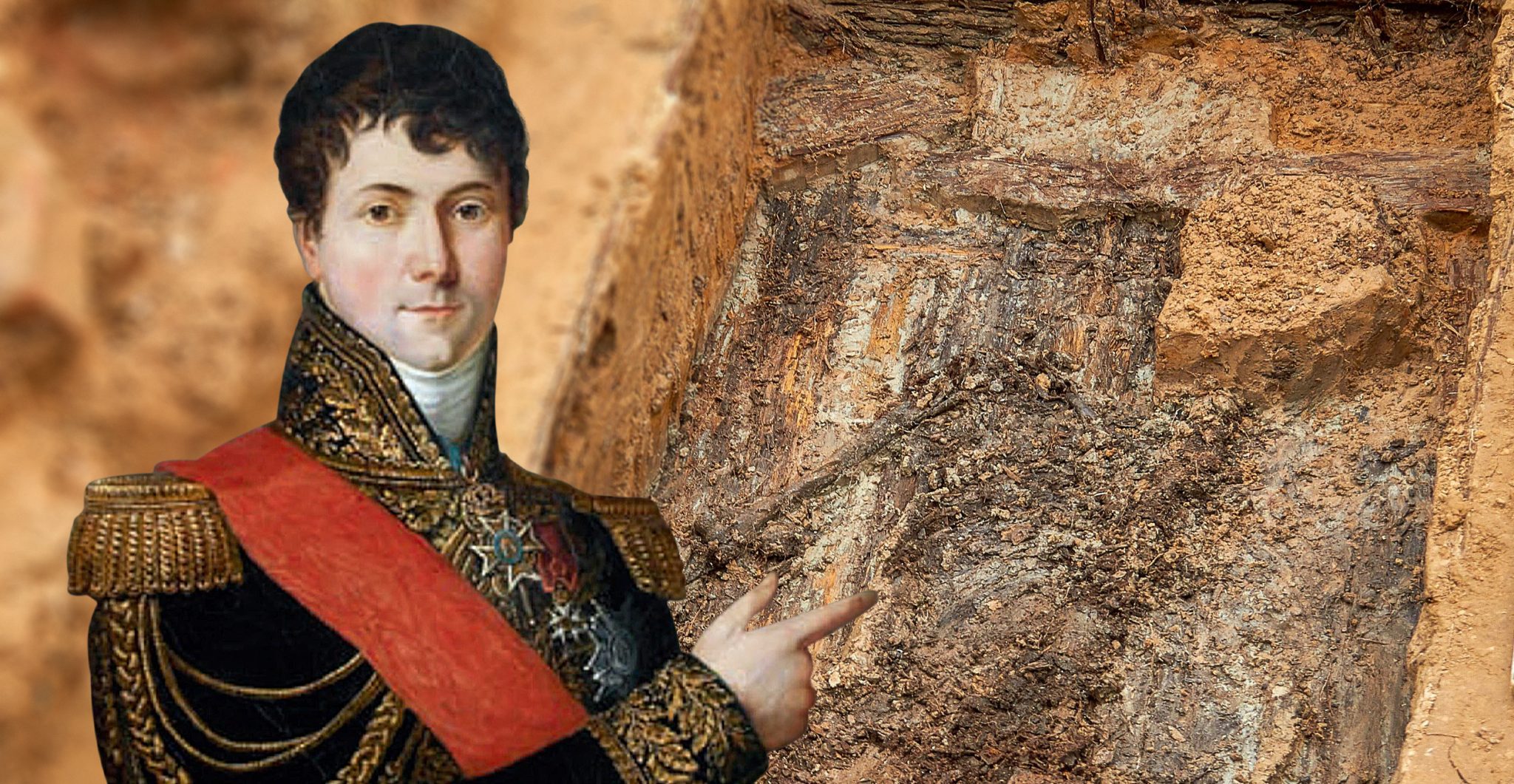Charles Etienne Cesar Gudin, a Napoleonic general who spent his last days one-legged, went to the same military school as Napoleon and was generally believed to have been one of his favorite generals. His name is one of those inscribed on the Arc de Triomphe in Paris, enshrined as a hero of the French Revolution and Napoleonic Wars.
He met his end in 1812, at the age of 44, after being hit by a cannonball during the Battle of Valutino, when Napoleon’s forces were fighting in Russia. As a result of his injury, he had to have one of his legs amputated. The wound developed gangrene, and he succumbed three days later. Afterwards, his heart was returned to France but the rest of his body was left behind.
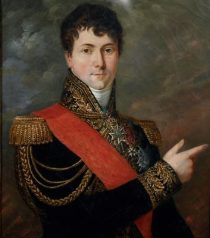
According to the UK publication Telegraph, however, his final resting place has been discovered. In July a team of archaeologists from both France and Russia found a one-legged skeleton while conducting a dig in Smolensk, some 250 miles west of Moscow. DNA tests proved that the skeleton belonged to Gudin.
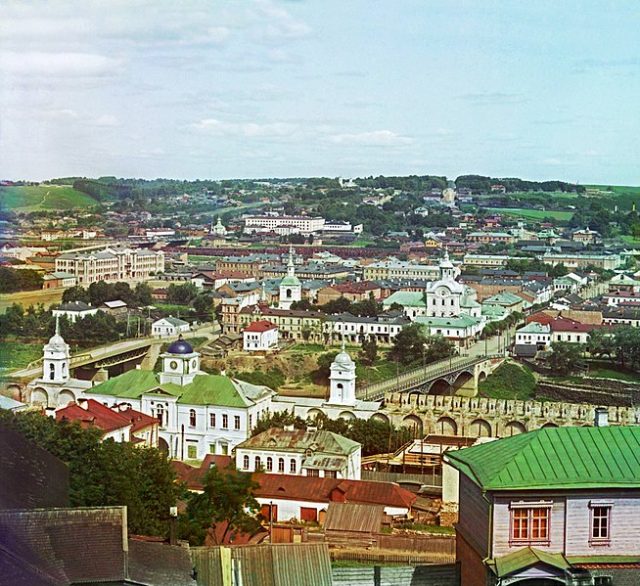
Researchers were hunting for his remains, guided by the memoir of Louis-Nicholas Davout, one of Napoleon’s great Marshals. Davout was responsible for organizing Gudin’s funeral and had described the location. He said that Gudin was laid to rest in a mausoleum made of four cannon barrels that were pointed up. The research team then used other records and eyewitness accounts from the funeral to guide them to the place that held Gudin’s remains, which was under a dance floor in what is now a city park.
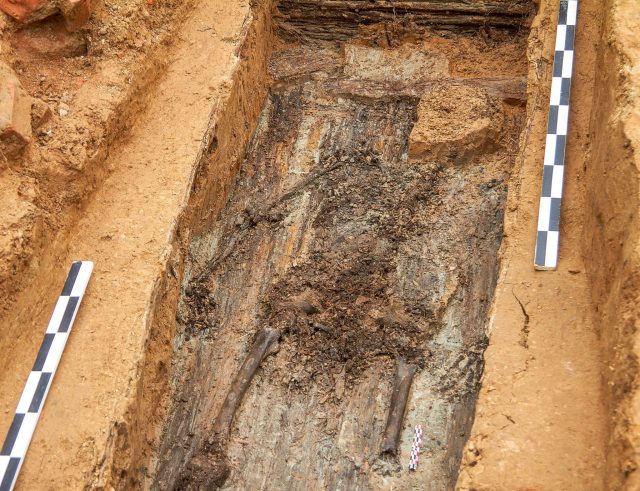
The search for the remains of the one-legged Napoleonic general began in May and was led by historian Pierre Malinowski. When his team found the skeleton, Malinowski was pretty confident that it was Gudin’s, but in order to be certain, he carried away some teeth and part of a femur. These fragments were used to conduct a DNA analysis and the results were compared against DNA from his brother and sister, who were buried in a family crypt in France. The analysis conclusively confirmed Gudin’s identity; Malinowski said that there is a 100% certainty.
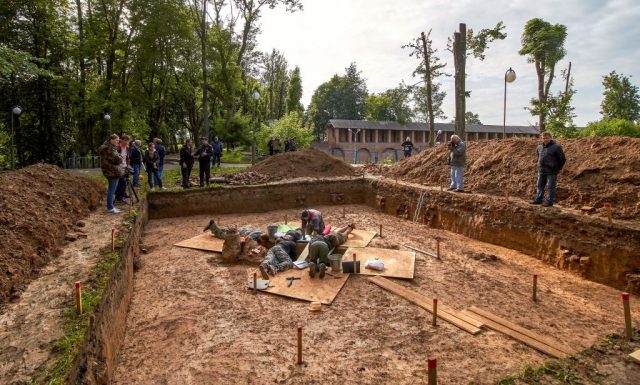
In addition to the fact that his heirs can now have the remains sent back to France and are hoping to have a state funeral, the find is also remarkable because Gudin is the first general from that period of time whose remains have been found. Even with the resources they had, the team still felt the discovery was a lucky one, given everything that was going on in Russia in 1812 and also given that they were able to find usable DNA in the remains.
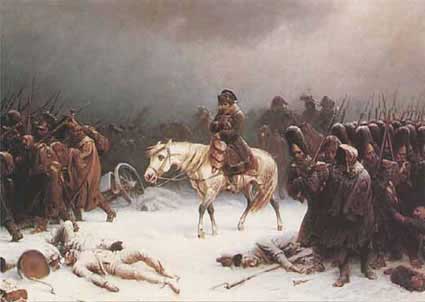
Malinowski said that Russian president, Vladimir Putin, had taken an interest in the search and had even offered to have the remains flown back to France. The President of France has also been paying attention to the case.
Alberic D’Orleans is one of the General’s direct heirs and is reported to be thrilled with the news. When he heard of the confirmation, he immediately called for a burial at the Invalides in Paris, where Napoleon’s mausoleum is located as well as those of other prominent French Military leaders. He was reported as saying that Gudin deserved a national tribute for standing up to the Prussians during the Battle of Auerstadt in which Napoleon defeated Frederick William III.
The Battle of Valutino, where Gudin had his injury, was part of Napoleon’s campaign in Russia. According to Malinowski, the battle could have been a decisive one for Napoleon if he hadn’t underestimated the Russian forces.
Related Article: The Bizarre Plot to Rescue Napoleon from Exile by Submarine
Ultimately, the French were forced to retreat from Russia due to a combination of Russian scorched-earth tactics, retreats which drew the French deeper and deeper into Russia, and the bitter winter weather. By the time Napoleon was able to extricate himself and his armies, battle and starvation left him with fewer than 10% of the fighting men he arrived with.
